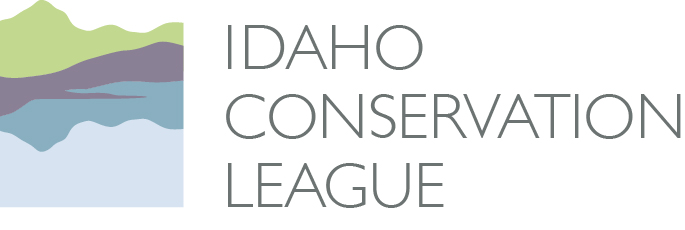Images of the mine spill on Animas River in Colorado stunned people across the West. A once-vibrant, clear blue river was transformed to a toxic orange ribbon. The effects of the spill extended far downriver and affected Colorado, New Mexico and Utah. In this unfortunate incident, federal cleanup efforts inadvertently triggered the flood of mine waste that had been building up in mine tunnels for years.
Could something like this happen in Idaho? Yes, like the Animas River, the Boise River provides water for drinking, irrigation, fish and wildlife. It provides remarkable recreation opportunities for floaters, fishermen, swimmers and even surfers. The Boise River is the heartbeat of our community.
As on the Animas River, historic mining in the Boise River headwaters left a maze of mine tunnels that continue to bleed mine waste. Twenty years ago, the Forest Service gave a mining company permission to reopen mine shafts near Atlanta. Exploration activities altered the groundwater flow and worsened the historic arsenic discharge.
Following legal action by the Idaho Conservation League and Advocates for the West, the Atlanta Gold mining company installed a water-treatment facility. The good news is that the treatment plant is removing the arsenic. The bad news is that the Forest Service’s proposed closure plan would allow the Canadian mining company to simply plug the tunnel with a cement bulkhead, dismantle the water treatment facility and walk away.
We know from the accident on the Animas what could happen next. Contaminated water will likely fill up the tunnels until it spills out someplace else and again finds its way into the headwaters. Or worse, an underground structure could fail and release a wave of toxic water downstream.
There is still time to prevent this potentially devastating spill from happening. The Forest Service and mining company need to work with the downstream community to develop a long-term plan that ensures toxic floodwaters won’t build up in the mountain and that the discharge will continue to meet water quality standards into the future.
To prevent such spills from happening in other places in Idaho, we must modernize the Mining Law of 1872. Mining is now ordained as the highest and best use of our public lands. In fact, the Forest Service cannot deny a mining permit, only put conditions on it. The Forest Service is currently in the process of authorizing drilling for the CuMo Project (near Grimes Creek, also in the headwaters of the Boise River), the Golden Meadows Project (underneath the riverbed of the East Fork South Fork Salmon River), and the Golden Hand Project in the Frank Church River of No Return (near Big Creek, a tributary to the Middle Fork of the Salmon River).
The Hard Rock Mining Reform and Reclamation Act of 2015 (HR 963) would level the playing field and ensure that local communities have a say in whether mines should be permitted in the headwaters of these amazing rivers. It would also provide a dedicated funding source to help address the estimated 500,000 abandoned mines that plague the West.
Speak up for the Boise River! First, sign up for email updates and we’ll keep you informed. Second, join me for a special presentation about the Boise River at Boise Brewing, 521 W Broad St, 5:30 pm, Thursday, Sept 17. It is far better to keep a river clean than to try to clean it up after it has been contaminated with heavy metals. Just ask anyone along the Animas.

